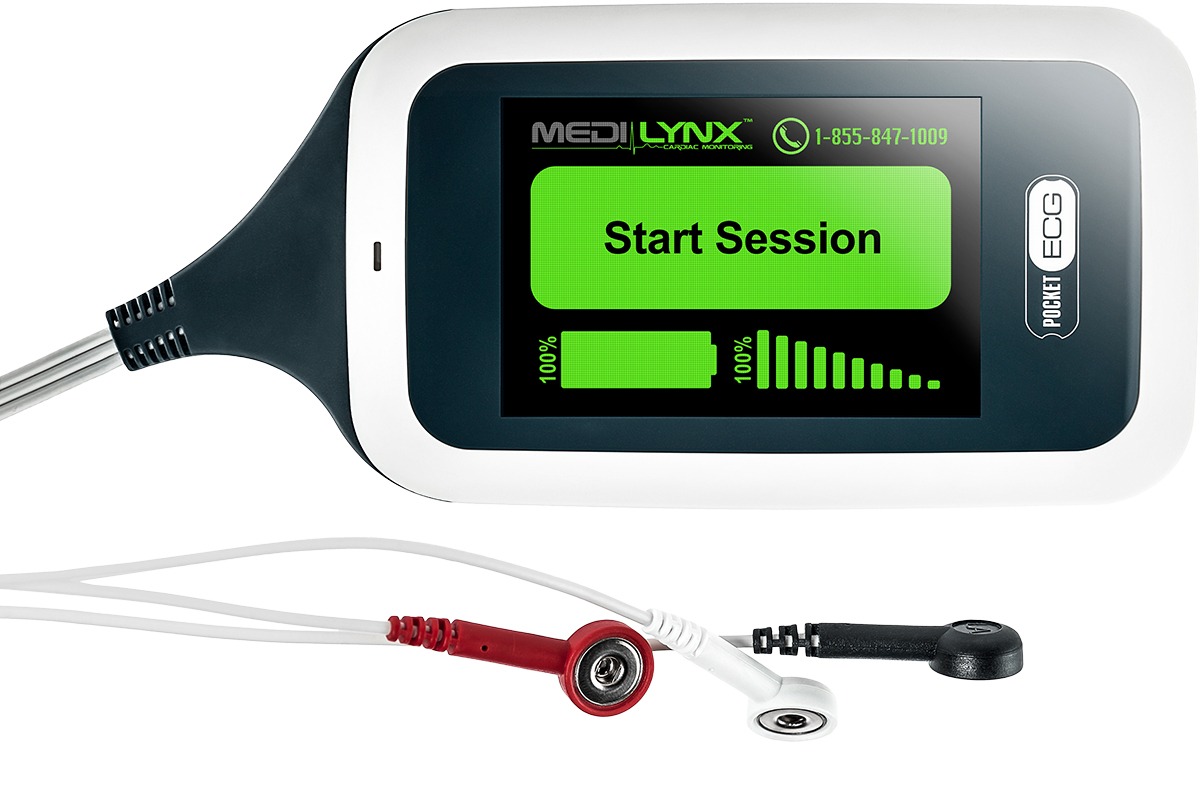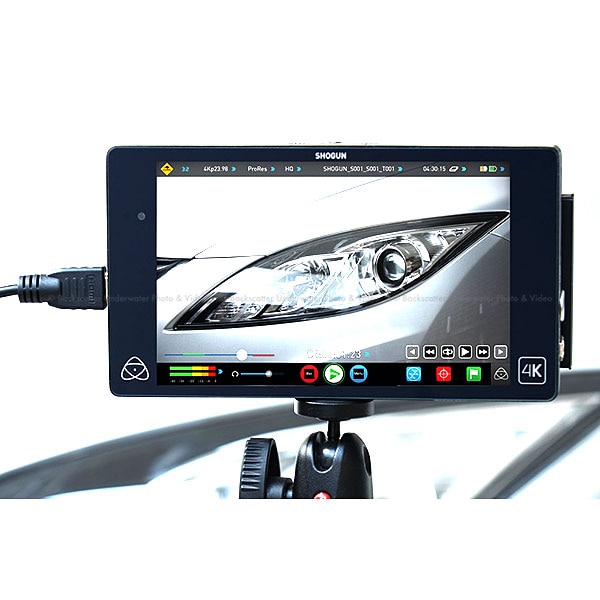

They also connect with the camera through a headphone jack.īut there are also microphones you don’t need to mount on the camera. Most microphones mount on the hot-shoe port on top of the camera, directly or using an adapter.
#Dslr external recorder how to#
How to connect an external microphone to a camera This reduces the ambient sounds and improves the quality of your recordings. Usually, external microphones are directional, which means they only record the sound coming from in front of them. It also provides a longer battery life as some of them have their own power source. Is an external mic worth it?Īn external microphone for the camera provides better sound quality than the built-in mic. Even if the camera has a built-in mic, you’ll still need to connect an external microphone, if you want your videos to sound great. Especially for interviews, video tutorials, vlogs, and short movies, a single camera can handle multiple tasks. If you are both a photographer and filmmaker, you need a camera with a microphone.

The camera will record video and audio footage at the same time and store them on your SD card. Then, all you have to do is start filming the scene. Otherwise, you’ll need to connect an external microphone and turn it on. You can record audio footage with your camera only if the camera has an internal microphone. Photo by Madrosah Sunnah on Unsplash External Camera Microphone Frequently Asked Questions How do I record audio with my camera? And given the functionality - most notably the fact I use mine every time I film! - you’ll definitely get your money’s worth. The return on investment is outstanding.Įxternal on-camera microphones are affordable in comparison to most camera or audio gear. I keep it on my camera at all times because you never know when the perfect shot will strike, but you need to be ready to capture both video and audio when it does. The external microphone is easily portable.įor wedding films, I bring my whole kit and caboodle (tripods, gimbals, gliders, microphones, etc.), but for the other half of my work - travel journalism - I need to consolidate into a carry-on bag and pack without drastically cutting quality. While it can’t protect from noise of, say, a violent windstorm (I know, I’ve tried…), the on-camera microphone almost always ensures your feeds can sync quickly in post. The catch? All audio - especially the in-camera audio captured alongside the footage - needs to have distinguishable waveforms. It aggregates all your audio sources, then matches them up based on waveform in an exportable format for editing.
#Dslr external recorder software#
I use the Plural Eyes audio syncing software to save time. If you’re using multiple sources of audio (zoom microphones, lavaliers, etc.) you’ll inevitably have to match it up in post. Syncing in post requires a quality, in-camera audio feed. That’s why I love the fact my Shure LensHopper requires no detachable cords, no SD cards - nothing! I just plug it into my camera and it’s good to go.

I’ve developed some semblance of an organizational system, but it’s far from my forte. If I’m not checking space on my SD cards or trying to locate the right cords for different devices, I’m off in the corner somewhere plugging into an empty outlet. You don’t need extra SD cards or cords.Īs a filmmaker myself, I know the struggle with “parts” is real. (Although moving forward I’ll now have a third audio backup in case something else were to happen I’ll be placing the lavalier next to the speaker… you can never be too safe!) 3. Thankfully, my on-camera microphone saved the day. Case in point? At a recent wedding the best man spoke way louder than we’d anticipated - or soundchecked - so my zoom microphone’s audio was muffled and unusable. While the audio may not be as perfect as a line in to the soundboard, an external, on-camera microphone can usually do the trick.

And, if it happens to be an external audio feed, you could fly through key moments without realizing it.īut, if you’re using an on-camera microphone you can breathe much easier. Murphy’s Law unfortunately translates to the world of videography- whether you’re filming weddings or news clips, documentaries or movies, something is bound to break down. An on-camera microphone is an essential safety net. The on-camera external microphones are designed with audio alone in mind - and the results clearly prove it. Your camera alone has limited space to record sound since the focus is image capturing. In tests between the quality of an external microphone and a high-quality camera’s built-in mic, the results are almost unbelievable. External microphones are better than your camera’s internal mic. Photo by Jesus Loves Austin on Unsplash 6 Reasons You Need an External Microphone for Your Camera 1.


 0 kommentar(er)
0 kommentar(er)
